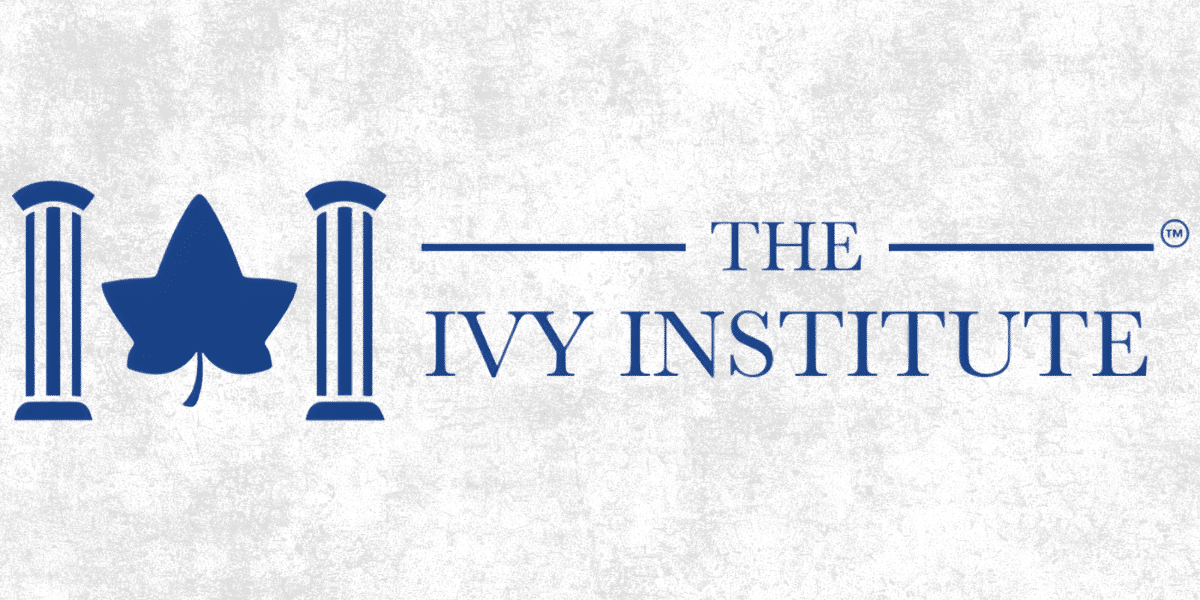Introduction
In recent years, with the advancement of technology, there has been an increasing awareness that AI presents a double-edged sword. Despite the innovations AI introduces to various industries, its use by threat actors for illicit purposes is a growing concern.
Sapio Research’s recent study showcases a troubling trend: 75% of security professionals have observed an increase in cyberattacks over the past year. Even more worrying is that 85% of these professionals report an increase in the malicious use of generative AI by individuals with ill intent. This statistic underscores a critical challenge, alongside the increased sophistication and affordability of AI tools that cybercriminals use to construct complex, concealed attacks. Therefore, the following points address how malicious actors use AI to hinder corporations in responding to AI-driven attacks.
Advanced Phishing and Social Engineering Attacks
AI enables threat actors to generate phishing campaigns with very high sophistication. With the help of AI, messages and phishing emails can be individually tailored by analyzing large amounts of information, making them appear more realistic to victims of social engineering. Additionally, AI can automate the creation of fictitious social media profiles for social engineering attacks, making them more challenging to identify.
Deepfake Technology in Cybercrime
The use of deepfake technology, which is AI-driven, represents a significant threat to corporate security. Deepfakes can create virtually perfect fake audiovisual content that can be used to impersonate key individuals within an organization, manipulate employees, or steal sensitive information, leading to reputational damage. This technology complicates the ability of corporations to discern signals and verify the authenticity of individuals in digital interactions.
Automated Discovery of Vulnerabilities
AI algorithms can quickly detect software and system vulnerabilities, which threat actors use to their advantage. This feature allows cybercriminals to exploit vulnerabilities within corporate defenses that are still exposed, increasing the risk of breaching and data theft.
AI-Powered Malware and Ransomware
In the hands of cybercriminals, AI technology has been used to create sophisticated malware and ransomware. AI-assisted threats can change climate conditions, hide from surveillance, and even acquire knowledge on measures meant for their defense. This flexibility has made it easier for traditional cybersecurity tools to detect and suppress such threats.
Fraudulent Activities Using AI
Fraudulent operations made possible through AI include generating fake reviews, conducting bogus transaction activities, or automating identity theft processes. These AI-driven fraud schemes are more complex and difficult to detect, thus complicating the task for corporations in protecting their assets and client information.
Manipulating AI Systems
The actions of threat actors can impact corporate AI systems, thus corrupting their decision-making logic or leading to system failures. This involves tactics such as data poisoning, where unscrupulous individuals feed AI systems deceptive information, leading them to make mistakes or miss security breaches.
Increased Complexity in Cybersecurity
AI makes cyberattacks more complicated from a digital security standpoint. Overcoming an AI attack is a challenging task. Dealing with an AI attack demands a deep understanding of artificial intelligence technologies and strategies, which may sometimes incur high costs, necessitating specific skills.
Strategies for Defense
In response to AI-enabled threats, corporations should strive to integrate AI into defense systems, including implementing AI-powered threat detection systems, conducting routine compliance audits, and providing training courses to address associated risks.
Also, cooperation with other companies and the transfer of threat intelligence aids in forming an effective defense plan.
Final Note
The threat of AI-generated cyberattacks by various groups poses a severe challenge for corporations. Contemporary cyber threats, characterized by increasing complexity, range from advanced phishing and social engineering attacks to deepfake technology and AI-powered malware. Companies must adapt their cybersecurity strategies, implement cutting-edge technologies, and foster a culture of continuous training to address these evolving threats. As AI advances, the arms race between cybercriminals and corporate defenders is set to intensify, necessitating proactive and innovative defense methods.
Published by: Martin De Juan






